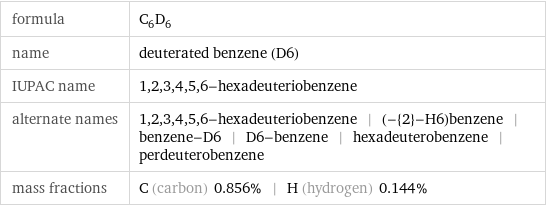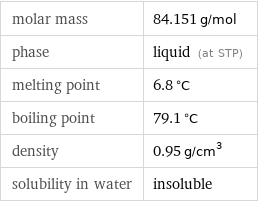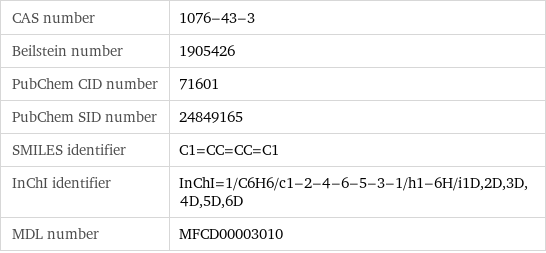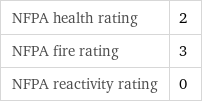Input interpretation

deuterated benzene (D6)
Chemical names and formulas

formula | C_6D_6 name | deuterated benzene (D6) IUPAC name | 1, 2, 3, 4, 5, 6-hexadeuteriobenzene alternate names | 1, 2, 3, 4, 5, 6-hexadeuteriobenzene | (-{2}-H6)benzene | benzene-D6 | D6-benzene | hexadeuterobenzene | perdeuterobenzene mass fractions | C (carbon) 0.856% | H (hydrogen) 0.144%
Lewis structure

Draw the Lewis structure of deuterated benzene (D6). Start by drawing the overall structure of the molecule, ignoring potential double and triple bonds: Count the total valence electrons of the carbon (n_C, val = 4) and hydrogen (n_H, val = 1) atoms: 6 n_C, val + 6 n_H, val = 30 Calculate the number of electrons needed to completely fill the valence shells for carbon (n_C, full = 8) and hydrogen (n_H, full = 2): 6 n_C, full + 6 n_H, full = 60 Subtracting these two numbers shows that 60 - 30 = 30 bonding electrons are needed. Each bond has two electrons, so in addition to the 12 bonds already present in the diagram add 3 bonds. To minimize formal charge carbon wants 4 bonds. Identify the atoms that want additional bonds and the number of electrons remaining on each atom: Fill in the 3 bonds by pairing electrons between adjacent highlighted atoms. Note that the six atom ring is aromatic, so that the single and double bonds may be rearranged: Answer: | |
3D structure

3D structure
Basic properties

molar mass | 84.151 g/mol phase | liquid (at STP) melting point | 6.8 °C boiling point | 79.1 °C density | 0.95 g/cm^3 solubility in water | insoluble
Units

Liquid properties (at STP)

density | 0.95 g/cm^3 dynamic viscosity | 6.47×10^-4 Pa s (at 20 °C) refractive index | 1.497
Units

Non-standard atom properties

H-2 | 6
Chemical identifiers

CAS number | 1076-43-3 Beilstein number | 1905426 PubChem CID number | 71601 PubChem SID number | 24849165 SMILES identifier | C1=CC=CC=C1 InChI identifier | InChI=1/C6H6/c1-2-4-6-5-3-1/h1-6H/i1D, 2D, 3D, 4D, 5D, 6D MDL number | MFCD00003010
NFPA label

NFPA label

NFPA health rating | 2 NFPA fire rating | 3 NFPA reactivity rating | 0